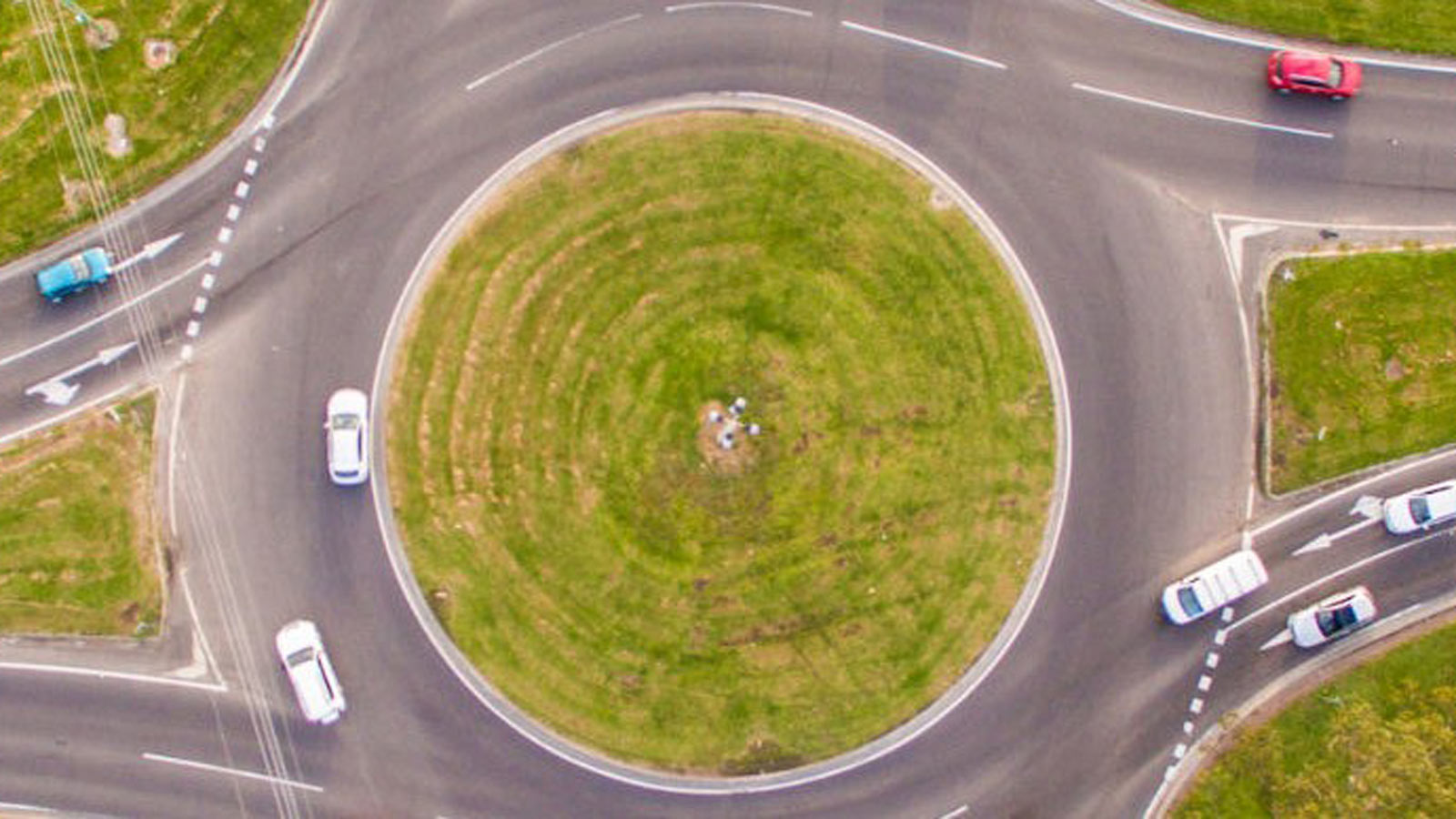At RACV, we’re often asked to clarify Victorian road rules.
Find out more about giving way, performing specific manoeuvres and keeping a safe distance. We reference the exact rule where possible.
This is general information only, not legal advice. If you’re looking for specific questions on any legal matter, consult with a lawyer for help.
You can also visit our YouTube channel to watch our playlist of road rules videos.
Understanding road rules
Traffic and manoeuvres
Safety
Modes of transport
Number plates
- Number plates must be clearly displayed and visible from a distance of 20 metres.
- If your plates aren’t visible, you run the risk of an on-the-spot fine.
- All number plates carry a 10-year warranty from the date of issue.
- Replacement plates are issued free of charge during this warranty period for any plate that has deteriorated due to the manufacturing process.
- The warranty covers deterioration ranging from simple cracking to progressive or complete blackening of the retroreflective sheet.
- Be aware though, that plates damaged due to normal wear and tear or impact damage are not eligible for free replacement.
Ordering replacement plates
- If your plates don’t fall under the warranty guidelines, you’ll have to cover the cost of new plates.
- Replacement plates will display a new number and can be issued immediately by VicRoads.
- If you want to keep your existing plate number, you’ll have to purchase duplicate plates which can take three to four weeks to be issued.
To order replacement number plates, contact VicRoads.
If you have a bicycle carrier on the rear of your vehicle, and it obscures or hides your number plate, you need to either:
- remove your number plate and attach it to the rack
- fit a bike rack number plate issued by VicRoads.
Hand drawn plates aren’t allowed. The number plate on the bicycle rack must be illuminated at night.
For more information, visit Bicycle carriers.
Related articles
Frequently asked questions
There’s no rule stating that it’s illegal to reverse out of a driveway, however, you can’t reverse unless it’s safe to do so.
When reversing, ensure you give way to any traffic on the road and any pedestrians or bicycle riders on the footpath before you back out. This means checking all your mirrors, looking left and right, and backing out with caution. You can use your horn to warn others.
No, you can’t text, write emails or check social media in your vehicle, even if you’re stopped at a red light.
See Mobile phones, GPS and visual display units for more.
- In built up areas: 50km/h.
- For other roads: 100km/h.
- Speed limits apply in ‘road-related areas’ which includes car parks and areas open to the public for driving, riding, parking or is designated for use by cyclists or animals.
Yes, you need to obey the regulatory signs on the road, regardless of whether workers are visible or not. This is because the restrictions can apply for reasons that might not be clear, such as:
- narrowed lanes
- removed or changed line markings
- barriers
- changed road surfaces
- work being carried out underneath a bridge.
There’s no such thing as “right of way” in the road rules. The rules talk about giving way to other road users. All drivers need to be courteous on our roads and follow the appropriate line markings and signs in the area.
See Giving way for more information.
Keep left unless overtaking applies on multi-lane roads with a speed limit above 80km/h. Even when signs aren’t enforcing the rule, it’s courteous and practical to keep left on all multi-lane roads where possible as it helps the traffic continue to flow.
See Merging, overtaking and keeping a safe distance for more information.



